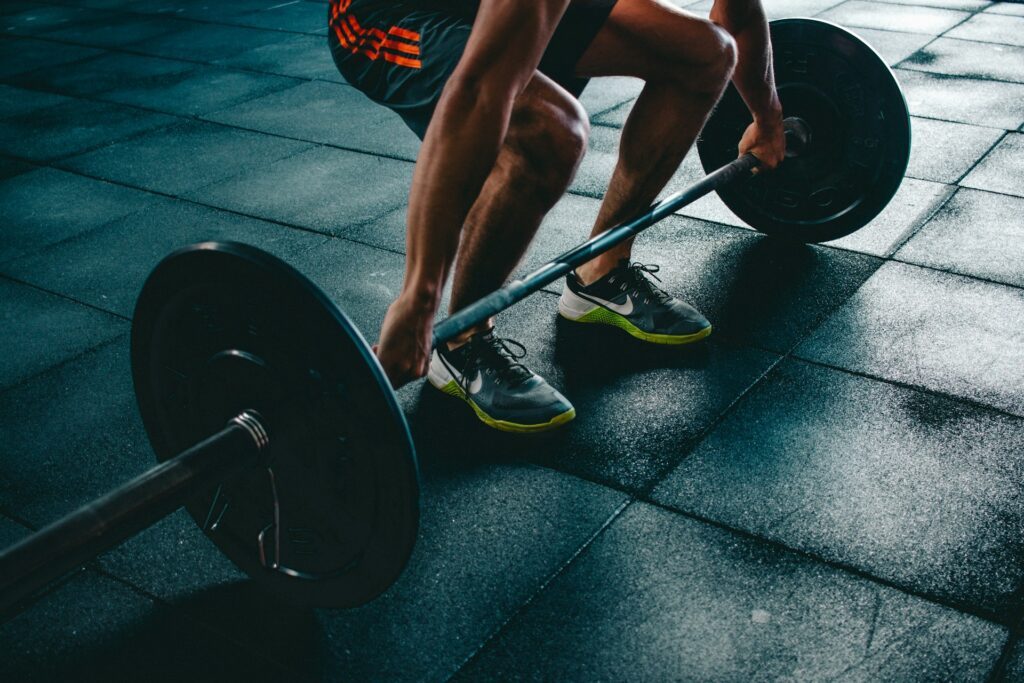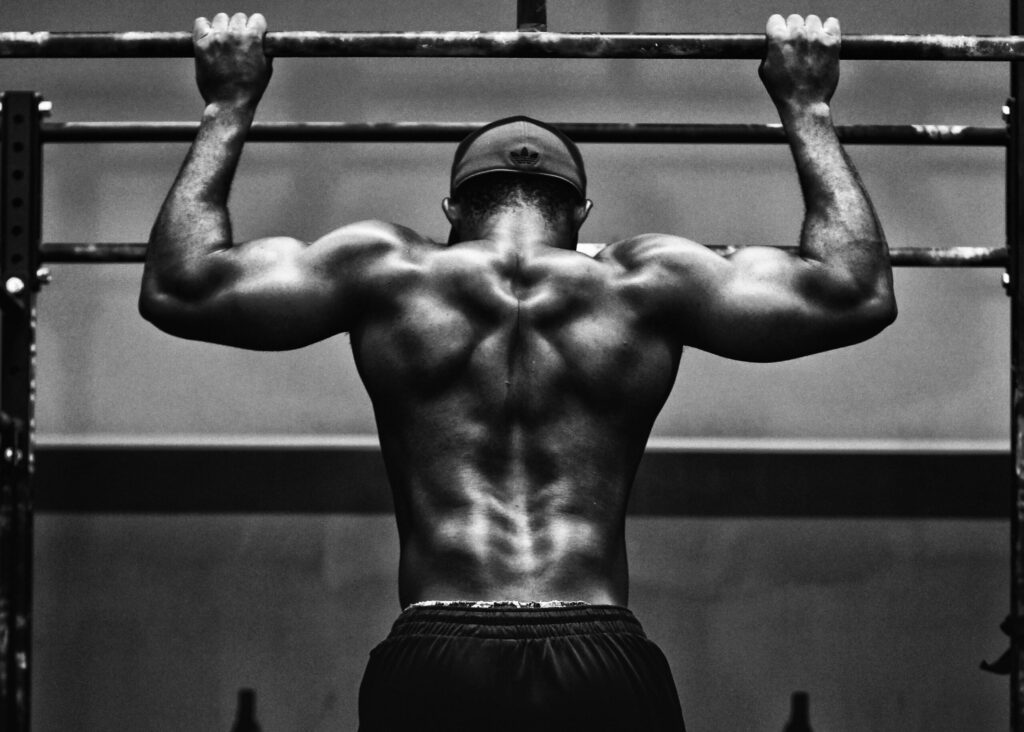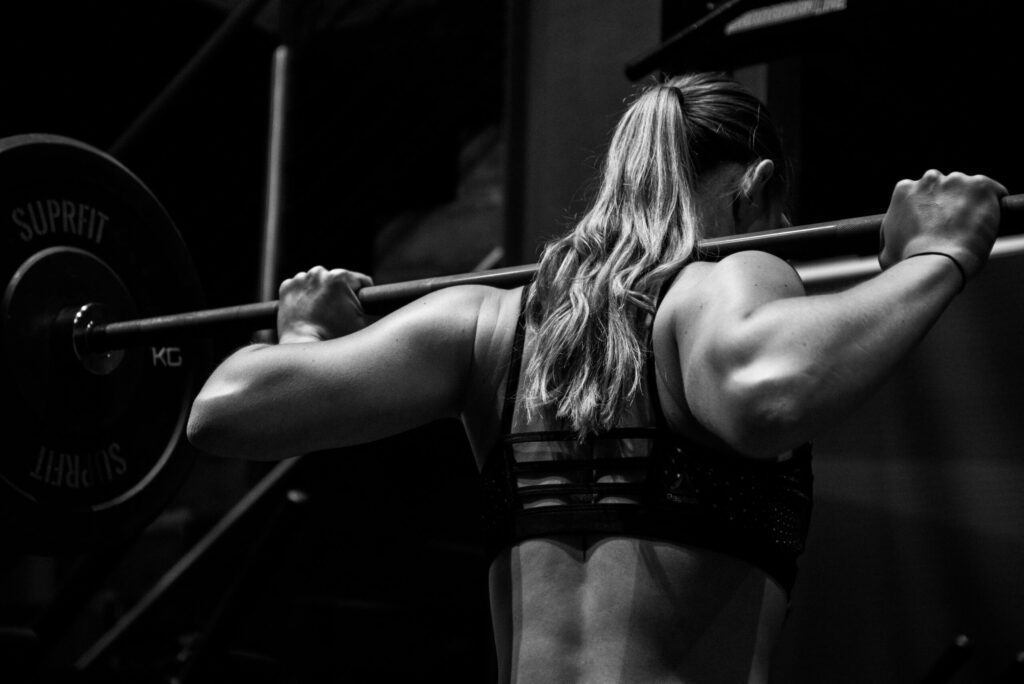With gyms and studios soon to reopen you can expect to see a rush of eager gym goers ready to drop the TheraBand’s and get straight back into the iron. Motivation will be through the roof and everyone will be ready to crush it.
Our question is…What’s the last thing you want to happen?
Injury
Can you imagine the frustration of finally being allowed back into the gym after months, only to be met with an injury 2 weeks later.
Unfortunately this will be the case for many.
You see, there’s a process of reacclimatising to your previous resistance training after some lay off. You can’t just waltz back in and hit your prior 1RM.
Now the negative is out of the way lets touch on the positive! First of all, whilst you may feel like you’ve lost everything, if you do the right thing it will come
back and in a hurry. Second, after some time off your body will be primed to
make some good gains so it’s something we definitely want to take advantage
DETERMINE YOUR STARTING POINT
How you re-enter the gym will essentially be based off what you’ve been doing whilst gyms haven’t been available. You likely fit into one of the following categories:
Category 1 – Full equipment access and no change to training
For some, your training hasn’t changed. If you are lucky enough, you have access to basic gym equipment with sufficient loads to satisfy your needs. This can potentially see you resume training as normal in the gym.
Category 2 – Resistance/hypertrophy focused training with limited equipment.
You fit into this category if you had small pieces of equipment (therabands, light dumbbells etc) OR even no equipment but still managed to done some resistance/hypertrophy focussed training during this time. What do we mean by this? Although the load wasn’t available, you still performed many of the basic movements patterns that are common in the gym to a high relative intensity (close to failure). We know from research that low loads taken to high relative intensities can still produce hypertrophy. Meaning those with limited equipment have been able to make progress or at least maintain if they were able to follow this principle.
Category 3 – Training of another modality or goal.
In this category you’ve been training but it’s been with different modalities to your regular gym training. It’s easy to see that a large number of people are performing workouts and exercises that don’t have much carry over into a typical resistance training session. A classic example is that people have begun to run more. HIIT training has also seen an increase. Why? They don’t require any equipment.
Category 4 – No training
For one reason or another, some people have trained very little or not at all. We are not here to shame anyone or say you’ve messed up by not training as we
understand this had the potential to be a difficult time for some. What you do
need to do though is consider this when going back to the gym and making sure you alter training accordingly.
It’s important that your carefully consider which category you fit into when
returning to the gym as each will require a different approach.
KEY CONCEPTS OF RETURNING TO TRAINING
When returning to the gym there are two key concepts we must consider when looking at programming. These are the acute: chronic workload ratio and De Training.
The concept of acute: chronic workload ratio essentially addresses our likely hood of injury and what we can do to make sure that remains low so we can return to the gym safely.
De training looks at the adaptions the body has made (or lost) due to time away from resistance training BUT also why with a well-structured program you can quickly regain muscularity and even set yourself up for some good progression.
Let’s look at these in more detail.
Acute:Chronic Workload Ratio
The concept of an acute: chronic workload ratio simply states that the likelihood of us getting injured in training is higher in a single session if that session is significantly higher in workload compared to previous training sessions based over the rolling average of a 4 week period. Basically, if you suddenly do a session significantly harder than what your body is accustom to then you open yourself up to injury.
The best example of this is returning to training from a holiday. Think about it, have you or do you know of someone that’s gone on a holiday where they haven’t trained? You/they come back and get straight back into training only to have a new niggling or more severe injury appear. That is the acute: chronic workload ratio in action and obviously must be considered given the current circumstances.
De Training
Ever heard the phrase, use it or lose it? De training simply refers to the loss of previously made adaptions in training. At worst case, you haven’t trained at all and the de training effect will be
significant. Best case you still managed to train hard but with limited load available and therefore there will be some degree of detraining but certainly not as much as not doing anything. Finally, if you had a full gym set up then detraining probably won’t be of concern to you.
The areas we will be most concerned with in regards to de training are muscle loss, connective tissue and neural pathways. We know that after 2-3 weeks of the removal of the stimulus (training), the detraining effects start to occur.
Muscle loss is exactly as it sounds. Muscle is a metabolically costly tissue. It requires energy and if the body feels like its wasting energy on excess muscle that’s not being used then it will get rid of it.
Connective tissue is our tendons and ligaments. Once again, through consistent resistance training overtime these tissues have made adaptions in order to be able to handle high loads and volumes in training. Now that’s been taken away for significant amounts of time, these tissues now have a decreased capacity to handle such load and volume.
Our neural pathways is essentially referring to our technique. Let’s take a deadlift for example. The deadlift is a complex exercise. During our training career we practice over and over to eventually develop a coordinated sequence of movements between individual parts of our body in order to perform it well. At a neural level, this meant our motor neurons (nerves which innovate muscle and cause contraction) fired in a specific sequence and at a high rate to allow us to perform deadlifts with a good technique at high loads. Again, when the ability to deadlift is taken away, these neutral pathways will decay over time meaning our technique and ability to produce force in the deadlift will be affected.
HOW TO RETURN TO TRAINING
When thinking about how to structure your training when returning to the gym, we are mainly concerned with how you manage volume, frequency and intensity of training. Get this right and you’ll set yourself up for an effective come back. For your return to the gym we can basically place the above 4 categories into two groups.
Category 1
You’re good to go! Nothing changes as you’ve followed a regular gym program. There shouldn’t have been any muscle loss occur, you could perform all your usual lifts and you had access to plenty of load which means there likely won’t experience any effects on neural pathways and connective tissue.
The only recommendation would be to incorporate some different movements to provide a novel stimulus, if your training goal allows for it. Whilst you had enough load, you may have been limited to only barbell and dumbbell movements so incorporating some gym machines into your program may stimulate some new growth.
Categories 2, 3 & 4
Categories 2,3 and 4 all will require some modifications in volume, frequency and intensity of training to varying degrees to account for de training and the
acute: chronic workload ratio. If you can remember from above as you go from category 2-4 you get further away from what you left off with in the gym.
For your first block of training (4-6 weeks) we recommend you reduce volume, frequency and intensity. How much will be based off which category you fall into. If you fall into category 2 then you will likely be able to start with slightly higher volume and intensity than categories 3 and 4. Due to still having trained in somewhat of a submaximal capacity. Categories 3 and 4 are not at all specific to gym resistance training hence you will need to be more conservative. As some general recommendations:
Block Length:
4-6 Weeks
Volume:
Reduce volume to 4-8 working sets per muscle group per week or 50-60% of your normal volume.
Intensity:
A relative intensity between 2-5 RIR will be appropriate for this block of training. Going to failure likely won’t be necessary or needed to stimulate growth.
Frequency:
Training each muscle group 2 times per week is probably a good sweet spot for frequency. Some smaller muscle groups like biceps, triceps shoulders may be able to go to 3 depending on your recoverability between sessions.
LOOK FORWARD TO SOME GREAT GAINS!
For some those recommendations look pretty insignificant. To give an example, it may look like 4 training sessions per week in an upper, lower split and given the volume and intensity recommendations, you may only be in the gym for 30-45 minutes each session. If before restrictions you previous went to the gym 6 days per week for 60-90 minutes at a time then you may be lead to believe that there is not much progress that can be made when starting so conservatively. But being injured doesn’t help your progress either.
The good news is that whilst your body isn’t ready to train like is used to, it is
primed to respond to training and allow you to bring back quick gains. This means that you really don’t need to do a whole lot to progress. There are 2 main components to this.
Muscle Memory
Muscle memory essentially means that we have all the components for muscle mass already in our system but they are simply lying dormant. When we train and build muscle tissue we add myonuclei to muscle cells. Myonuclei occupy a certain domain or space, once each myonuclei hits its domain the only way we can continue to grow is adding more myonuclei to the muscle. This is what gives the muscle cells and therefore muscles the ability to grow. When we stop training, the muscle itself shrinks but the myonuclei remain in the muscle. Once we resume training we are more than likely to still possess the previous number of myonuclei. Now we have an increased number of myonuclei occupying a small space, they have the ability to expand their domain and grow without the need to add new myonuclei.
This means that with some well-structured training (avoiding injury) we can rapidly return to our previous muscularity.
Re Sensitisaton
If a stimulus is consistently applied over a long period of time our body will continue to make adaptions causing this stimulus to no longer become novel. The effects it once had become less and less which means you have a large output for not much progress. But if that stimulus is removed and then re-introduced later, it can then be effective once again.
To give an example of how this is generally used when we can train as normal. If our goal is hypertrophy then we know high volume with sufficient intensity is key. We may go through 4 training blocks of high volume training but as we go from block 1-4 you may see some diminishing returns on your gains i.e you will be putting in the same/more effort but your rate of progression will slow. To counter this we implement a lower volume block of training with higher absolute intensities, essentially mimicking a strength block. We do enough volume to at the very least maintain our gained muscle but this then allows us to make more gains once we resume higher volume training.
This re-sensitisation will be in full effect when coming out of isolation. Our bodies are going to be highly responsive to the kind of training we can achieve in the gym and for that reason we should see some good progress early. That also means we don’t need to do much to progress and this should be taken advantage off. Sure, you could go balls to the wall from the get go and yes you potentially will make some quicker gains but this is great time to take advantage of your ability to make gains from less training. Doing the least amount of training you need to progress now will mean that you can keep progressing for longer with smaller volumes. Trust me, this is every advanced trainers dream so make the most of it. It’s like deciding to take a scenic walk and running as fast as you can from start to finish. Sure, you’ll get to the end but you’ve missed out on all nice scenery that people want to see. Take your time, you’ll get the same result but in a more ideal manner.
SUMMARY
If you’re reading this article this then it’s likely you’ll be one of the people breaking down the doors once gyms reopen. Whilst the enthusiasm is great there is definitely some things to consider when you get back into training. Don’t expect that you’ll be able to pick up where you left off and attempting this will leave you open to injury which is your worst case scenario. Can you imagine waiting this long only to get injured 2 weeks in. Whilst we need to go in with a more conservative approach to training, it doesn’t mean we can’t progress! If anything our bodies are primed to make some significant gains.







